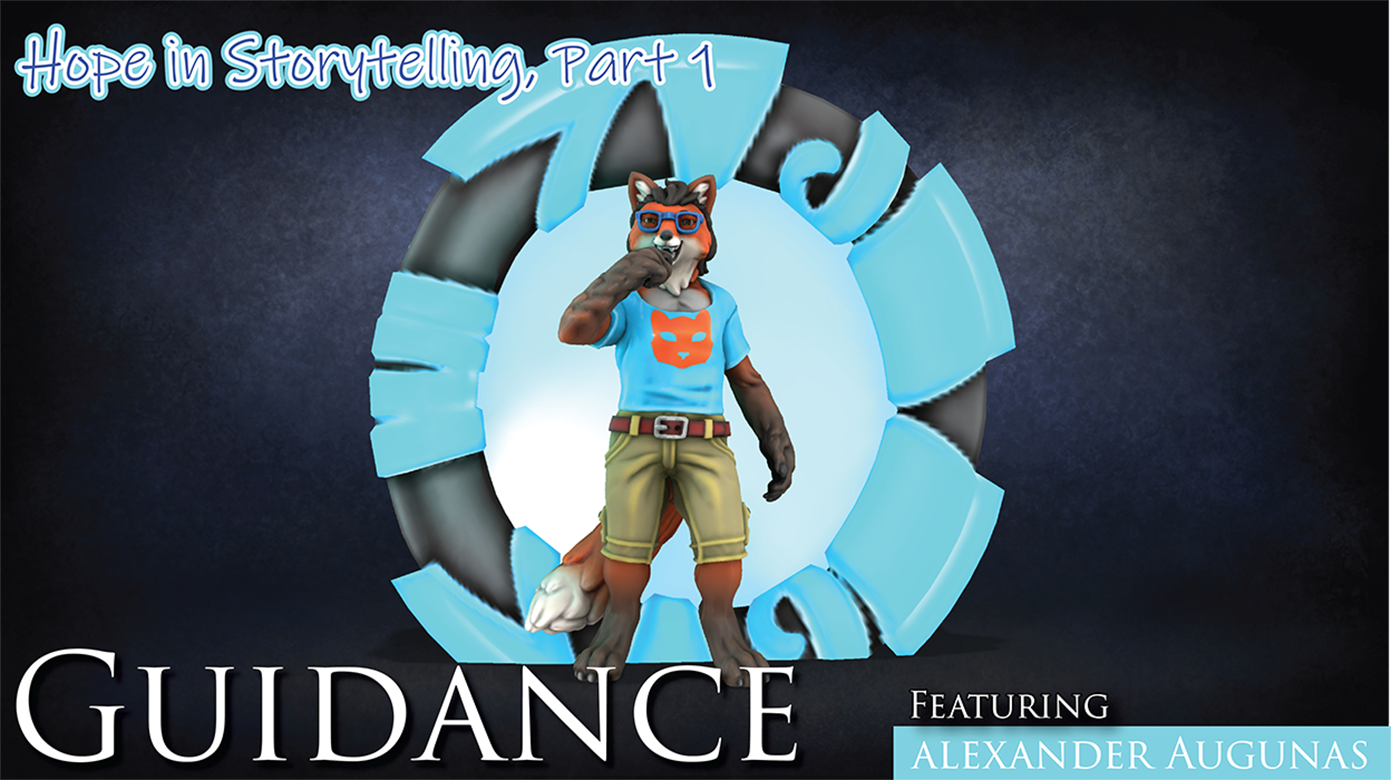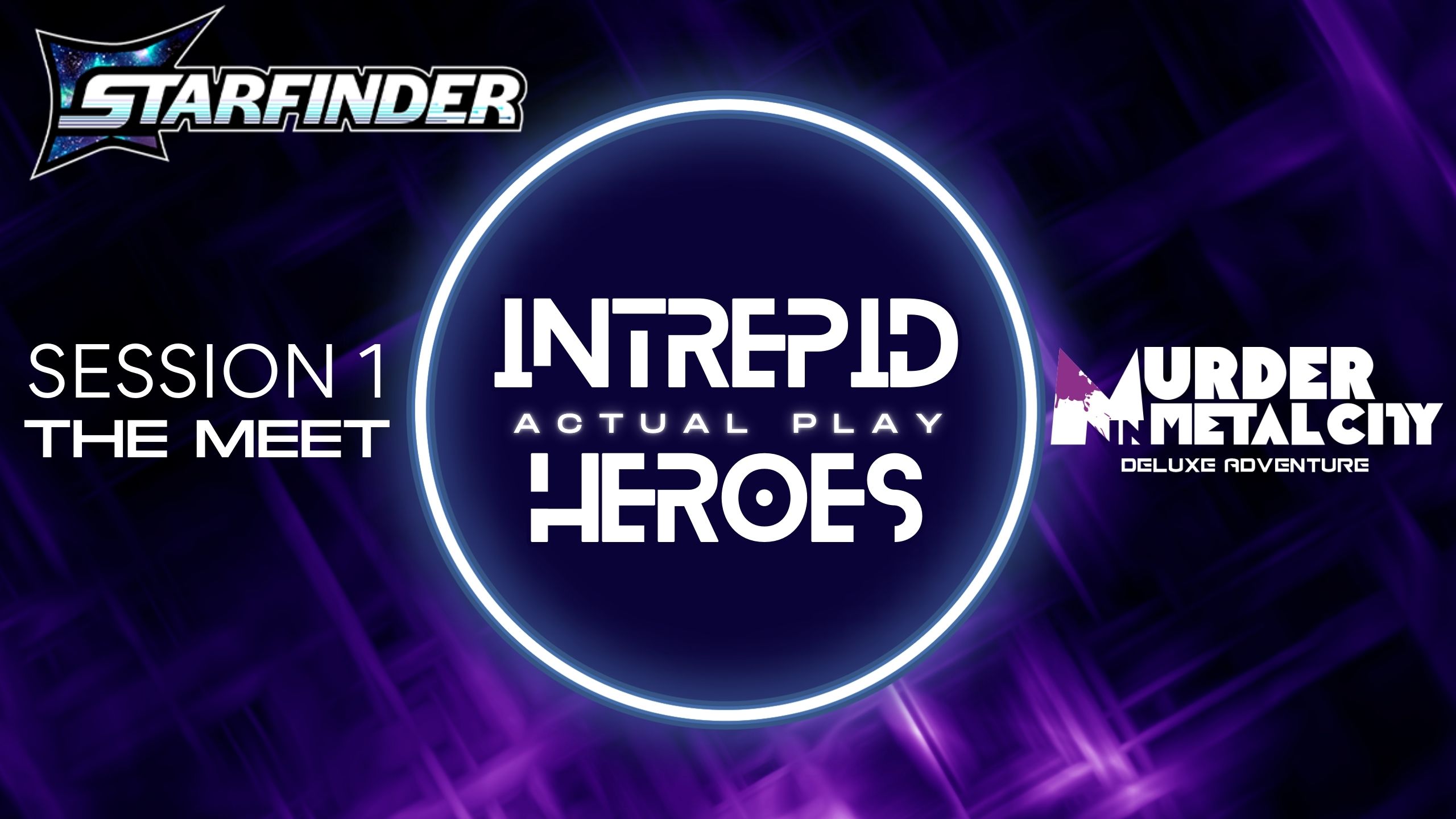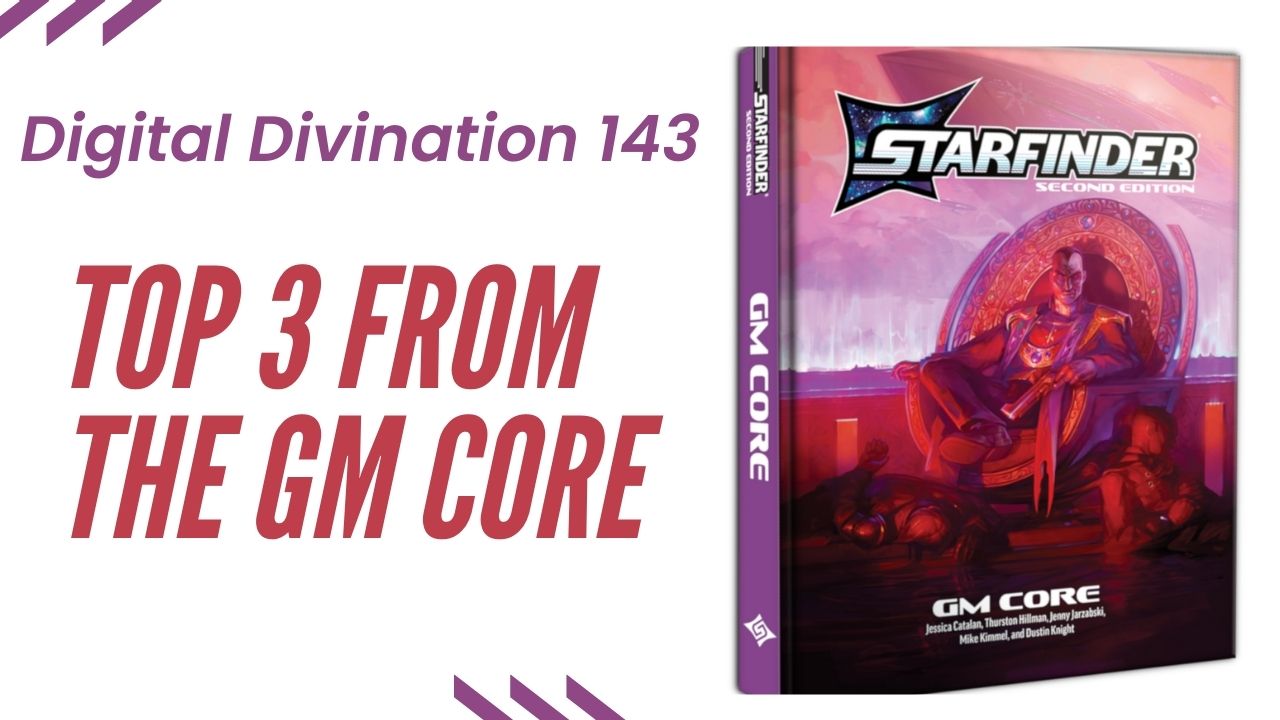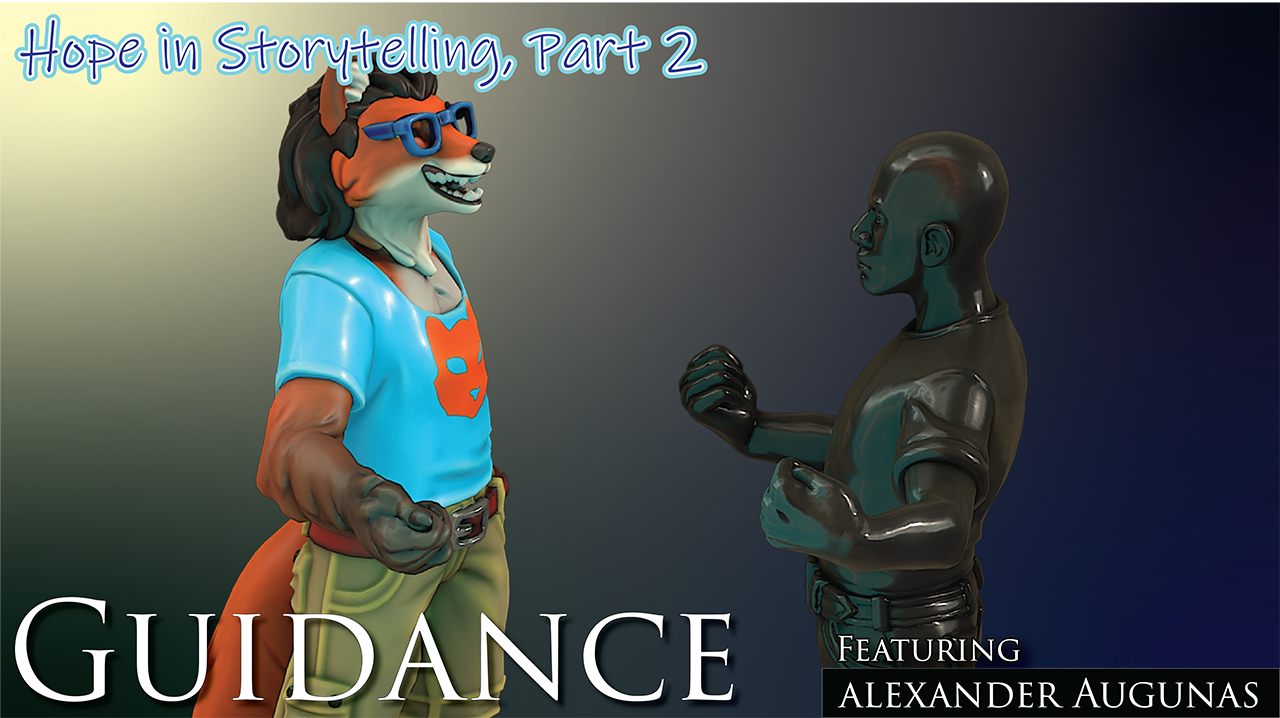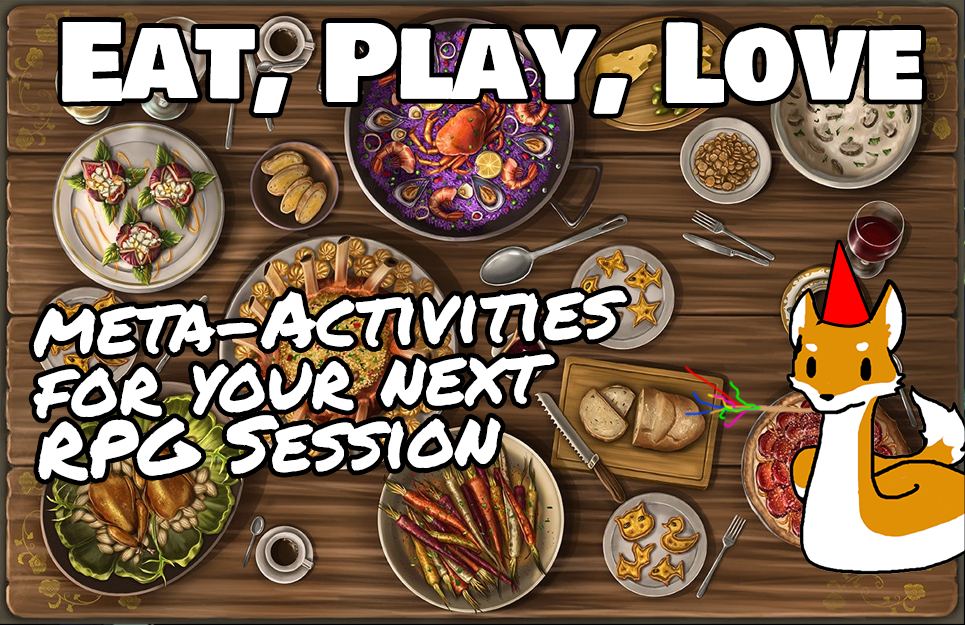Sword clenched in hand, you find yourself in a chamber unlike any you’ve seen before. Wires hang like vines from a network of intricate metal beams, you know the ones. The kind of beams that keep slabs of popcorned material overhead to obscure the gritty bones of office life from otherwise obvious drones. Fluorescent lighting? Smashed. Windows? Shattered and scattered across the floor. Debroah’s, “#1 Mom,” mug that she definitely didn’t earn? Still there, toppled and spilled as though she were drinking black mold from the tap. Sometimes, you likely wondered if she was. Yes, no one had been here for a long time, you least of all. Do you remember what you were doing the last time you were in this office? This life? What joys were brimming? What sorrows were drowning? It’s hard to say, it was over 4 years, wasn’t it?
Your old computer terminal suddenly flickers on. July 14th, 2021. That seems like an age ago, and it was. You recall a very different place 4 years ago, a very different time. There was more hope in the world. More hope, less tyranny. Unfortunately, those things are like the tides, aren’t they? Just as you praise their ablative, there they come. Rolling in again. What were you doing on this computer, over four years ago? There’s some foxes on the screen. An article, Guidance, Gibbering Mouth: Kitsune Kraze! Simpler times. You sigh wistfully as you click on the article. Maybe you shouldn’t have, what little light there is in this dilapidated space suddenly flickers out. The sounds of gears churning. Machines moving. A ring you never noticed before suddenly glows, flickers of neon pink as the contraption suddenly whirls to life. Bits moving, parts humming, the cacophony of it all is overwhelming as sparks fly from the wall, caught in an endless spiral until suddenly the space between rings, between spirals, is full. Its shimmering, glowing. It moves like water, and like a pool disturbed, it ripples, it churns, it emerges. A hand bursts forth from the portal, furred and clawed; it pulls itself free from the portal. This thing you set into motion, it wrests itself from whatever terrible domain it was locked in and—are those glasses? Plaid? Brushing himself off, it doesn’t look like a cosmic horror. It looks like a guy. A foxy sort of guy, with fur and claws and a vulpine face and snout, and tails. At least one, they’re definitely there. You squint, is that…”
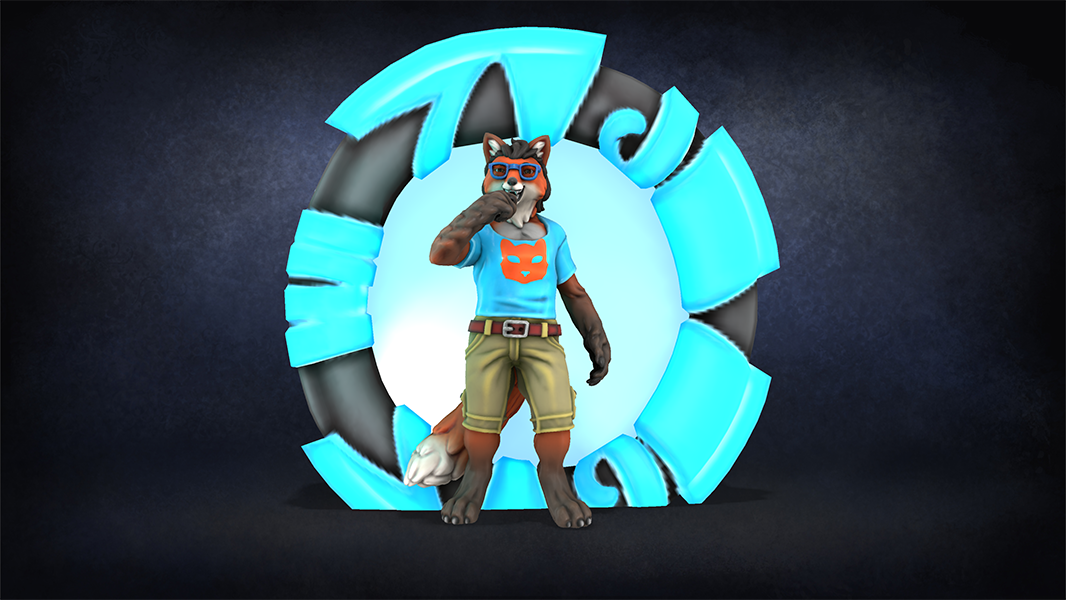
Hello, Know Direction readers, and welcome to Guidance! Here, let me dust myself off. It’s been a bit since I last wrote an article on this site. Sometimes you need a break, you know? And sometimes that break is 4 years long…. Oh boy! A lot has happened in four years, but if you’ve been following me and James in our deep-space adventures, you probably know a bit about what’s been going on with me as of late. So, you’re probably asking yourself, “Alex, you’re only doing one show a month on Know Direction: Beyond. Do you really have time to do a regular blog article again?”
Nobody asked that question. Dear god, nobody asked that question!
And the answer to that is, “I dunno!” But my thought on writing for the Know Direction: Network has always been, “I’ll return when I have something to say, something to add to the greater TTRPG conversation. And you know what, it’s been a slow-time coming, but I think I do, dear reader. I think I do have something to say. And you know what that means?
An excessive number of kitsune pictures?
Guidance is back, at KnowDirectionPodcast.com!
Stop Me If You’ve Heard This One Before…
If you’ve been following my work professionally, both with Paizo and my own stuff, you’ll probably have seen that while I still love doing mechanics and rules content, I’ve been pushing myself to write more story content too and play in more tabletop RPGs. Let me give you a brief rundown, feel free to skip if you don’t want to know what I’ve been up to lately!
Sort-Of Recent Writing Projects
- “The Mountain’s Test,” where I got to write a formative experience for Paizo’s Iconic Vanguard.
- Volume #3 of the Drift Hackers Adventure Path, Into the Dataverse, an adventure where you delve into Triune’s Dataverse in order to fix the Drift and end the Drift Crisis.
- Gravelands Survivors in Claws of the Tyrant, an adventure where you need to escape the Gravelands after taking refuge in a small crypt in the early days of Tar Baphon’s conquering of Lastwall.
- Starfinder Species Reforged, a book I wrote for myself that takes all of First Edition Starfinder’s species and gives them a feat-like progression similar to Pathfinder 2E.
- Kitsune of Golarion: Remastered. A PDF I made for Pathfinder Infinite where I heavily expand on Golarion’s kitsune with new ethnicities and cultures, plus plenty of options.
Stuff I’ve Been Playing
- Teenaged Wasteland, my Starfinder 1E home game that’s been going on for like 5-6 years. The PCs are currently Level 19 and must save the multiverse by killing the devourer and devising a ritual to undo the damage it did.
- Savage Tides (PF1 Conversion), where I play a kitsune cleric of Shizuru who just learned that his missing mother is dead, while his missing father was captured by Demogorgon and transformed into a demon. He’s now devoting the rest of the campaign to try and bring salvation to his father, but has to invent a spell to do that first! My Know Direction: Beyond co-host, James, plays a halfling oracle/barbarian/rage prophet with 2 rage pools and a love of the terror of the deep ocean in this game.
- Horizons of the Vast, a SF1 home game where I play a gnoll with a brain worm problem. My Know Direction: Beyond co-host, James, plays a spathinae nanocyte with a drug problem and bees within bees in this game.
- Everdawn, a 5E home game where I play a harengon monk who’s fist fought Satan and won and now is currently trying to escape from the Faewyld after rescuing a party member’s daughter.
- Chicagoland, a Monster of the Week game where I play a kitsune named Tsujo Brown who’s a troublemaker by trade, but ultimately has to straighten out once he’s put into a group of anomaly hunters who literally don’t know a single thing about self-preservation or magic.
On-Hiatus
- Tears of Heaven, a PF2 homebrew run by fellow freelanver Ruvaid Virk that takes place in Jalmeray and involves us hunting down and dispelling curses. I play a kitsune gunslinger named Ajushi who’s really just a theater kid who’s a few leagues out of his depth.
- Where There’s Smoke, a PF2 homebrew run by Starfinder Designer Dustin Knight, where I play an ifrit kitsune firefighter rogue who’s stuck in the middle of a cosmic hustle for the prison of the goodly Elemental Lord of Fire.
As you can see, I’m in a TON of Tabletop Roleplaying Games right now, and my experience across them is kind of what led me to bring back Guidance. Specifically, I’m REALLY tired of something, and when I point it out you might be too. I’m REALLY tired of grim settings, and unfortunately a few of my favorite campaign settings really fall into this ideological mindset. What do I mean? Glad you asked, because that’s the basis of this whole article (and maybe a few other ones after it).
Who are you even talking t—
A World In Need of Hope
Hope in Storytelling | Article 1 (You’re Here) | Article 2 (Coming 9/15) | Article 3 (Coming 9/29) |
Let’s change the subject briefly. Let’s talk about hope, because if I’m tired of grim worlds then the opposite of a grim world is a hopeful one. Grim is typically defined as, “Discouraging or depressing,” while hope is typically defined as “Belief that an outcome is possible.” So, when discussing grim settings versus hopeful ones, what am I talking about?
For me, the outcome we’re talking about is that things will improve or get better in the world. So, a hopeful setting is one where the setting inspires a belief that the world will improve while a grim one discourages such beliefs. These tags are also better applied to how the world works rather than what the characters perceive. For example, one of the reasons its so difficult to do cosmic horror in Pathfinder and Starfinder is that cosmic horror wants a grim setting, a world where ordinary people are insignificant compared to the entities that lurk just beyond the threshold of their perception. This worldview is grim because it is depressing—people don’t matter. But in Pathfinder, you play a character who is capable of slaying virtually any of the cosmic horrors you encounter, and because the game is inherently balanced so the Player characters can win and triumph, players are told that they don’t matter in the face of the horrors they fight but in practice, they can punch out Cthulhu.
But this isn’t an argument that Pathfinder and Starfinder are hopeful settings. In fact, I’d argue that in fundamental ways they’re grim, so much so that when Dustin Knight talks about wanting Starfinder’s galaxy to be a world worth fighting for, he’s partially paraphrasing a conversation we had about Teenaged Wasteland, the campaign I run and write for him and my friends. As designers and storytellers, we might want to be taking another look at what we’re saying about the world when we use grim worldbuilding in our storytelling.
A Discussion of Grimness
Before we transition to discussing Paizo’s campaign setting(s), I’m going to transition to talk about my homebrew games a bit. Give some lower-stakes examples and the like.
Everdawn
In Everdawn, I mentioned that our party is currently traversing the Faewylds in search of a party member’s daughter. Well, we found her in the hands of an entity called the Prince of Hearts. He’s sort of the worst possible person, a haughty member of the Unseelie Court who sees mortals as objects and collects, among many other things, beautiful women. Of course, they’re objects to him so he cares for them like objects—he uses his powers to literally paint them into portraits where he can hang them onto walls and admire their beauty for all time, never having to engage with or interact with them as people. Well, we start to fight him as my monk narrowly interrupts the Prince of Hearts after he successfully hypnotized everyone else in the party and began painting them into portraits. During the fight, we almost beat him but he teleports into a painting and eats all the women inside it, spitting out their bones from the portrait as he arrives fully healed. This is very grim, as it paints (heh) a very clear picture about what’s going to happen if we don’t manage to save our friend’s daughter, and the fact that this man literally ate like 100 women in 6 seconds is insane. So, my character figures out that the only way to save the prisoners is to successfully cast a DC 15 dispel magic on the painting. We have a warlock, a druid, a druid/warlock, a cleric, and a sorcerer. Everyone has some dispel magic spells prepared or learned. This should be easy.
Five rounds later, everyone has used all their spell slots. No one has rolled the VERY EASY DR 15 check (we’re like 11th level, you need to roll like a FOUR). The Prince of Hearts has eaten everyone in 2 portraits. Our resources are LOW. My character mentions there’s another way to stop the Prince of Hearts. Burn the portraits, which kills everyone inside them. No one likes this plan. It’s even MORE grim. But his ability to snap into a painting isn’t something we can deal with, and we only have ONE dispel magic to try and free our friend’s daughter. Literally our warlock/druid has to use a pearl of power, and FINALLY they roll a 15 on the die (a total of like 26) and free the daughter, killing the Prince of Hearts in the process because he was LITERALLY IN HER PAINTING AS WE DISPELLED IT. This is very grim, but it’s also not really the setting’s fault. We had opportunities, the dice just hated us. It’s important to know that while opportunities like this can make a story grim, it doesn’t necessarily make the setting grim. Our dice rolled terribly, that made the story grim.
Teenaged Wasteland
Okay, now flash over to Teenaged Wasteland, my home game. At the end of the group’s most recent adventure, one of my PCs asked for a text RP. You’ll remember that I LOVE doing these and set up my Discord to run them for my players. So this PC wants to explore a specific NPC’s backstory, someone with a VERY dark, very grim backstory. Basically, after his parents died in a car accident he was, “adopted” by an evil science corporation and experimented on at the tender age of 15. These experiments put a prototype nanite system into his body that was being developed for super soldier technology, and one of the big things it did to this kid was prevent him from aging or developing past the point they were installed—super soldiers are expensive and need to be kept in the state they were designed to function in, after all. The kid went through a LOT of terrible, traumatizing experiences while in the ‘care’ of these scientists, and the PC who undertook this RP is an empath witchwaper, so she got to experience all of it. So she decides to try and develop a ritual that will allow her to ‘age’ her friend by replacing his body blueprint with a version of himself from another reality. The ritual backfired because her ritual required him to open about his trauma and he refused, and ultimately the witchwarper found herself thrown across reality. She met an alternate reality version of her friend, the sole survivor of another timeline, and he gave her all his nanites so they could override his alternate’s self’s system, which would allow him to resume aging. This offer was essentially a sacrifice, however, as without these nanites the NPC was going to die.
This was very grim, the most grim I have ever written in Teenaged Wasteland. This PC had to experience decades of a friend’s trauma firsthand, had to live with the fact she had accidentally triggered him in a way so painful it almost destroyed the area she cast the ritual in, and then she had to sacrifice a person to save her friend. But when it was done, she found out something secret, and thar secret caused her to fully embody her powers. She was able to use them to save the person who died and glimpse the truth of the nature of her world, and that truth was that everything she had done and experienced was essential, crucial even, to her getting to fulfill her ultimate goal: fixing the multiverse. This is a good example where the story was grim, but the setting wasn’t. Terrible, depressing things happened but the PC was able to fix them and prevent them. She was able to make a better universe for her and her friends, and her future now has never been brightener.
Savage Tides
Okay, last story time! In Savage Tides, our characters are uncovering a demonic plot to infect the world with a metamorphic contagion called savage fever—it basically corrupts those it infects into horrific, bloodlusted creatures covered in abyssal lesions. Despite Savage Tides using many D&D motifs (it was printed by Paizo in their old magazines, so it predates Golarion), our GM is running it in the Pathfinder campaign setting so I’m playing a kitsune cleric of Shizuru. His parents, both adherents of Shizuru, were sent on a mission to region (which is canonically near Sargava in Garund) and brought him along, thinking it would be quick. They never returned and he was sent to Absalom to be cared for by the Lantern Lodge (think Tian Xia’s embassy in Absalom). Well, one day some trader brought his father’s holy text to the shrine and tried to sell it off, and Asaori took it as a sign that his parents might be alive and that he needed to find out what happened to them. Flash-forward a TON of story content, and my character needs to ask his God a question via commune. He casually asks, “Are my parents dead?” simply wanting an answer to put his own worries at ease. Shizuru answers him, “Your mother is.” This BLOWS my character’s mind, so a few days later during downtime he tries to cast a sending to his father. He tells his Dad that he’s looking for him and that he’s at Farshore, and hopes Shizuru’s light will guide him home. He gets a response in all-caps, basically confirming my character’s worse fear.
Savage Tides is an adventure where the conflict is being pushed by cultists of Demogorgon, and Demogorgon is best known for capturing good clerics and transforming them into demons.
My brain was positively buzzing after that session, fam. When I’m playing in a TTRPG, I love having a lane to play in. A story beat that I know I’m working towards. It’s why I generally don’t do well with adventure paths where we’re fumbling along, stumbling into the BBEG’s plan. That’s kind of what we do in Savage Tides, but this? This was golden. I immediately started thinking about what my character would want out of this situation and did my research. Found out that there’s a spell called judgment undone that can return a petitioner to life. So I immediately messaged my GM and was like, “Hey our wizard has been researching spells. I love what you did with this story beat, and I think Asaori would want to try and revert his father back to mortal form. Is this something we can do?” We’re currently in the process of hashing that out now, and we’ve got plenty of adventure to go. But given the GM’s response of, “Yeah sure let’s put something together,” that immediately made this a hopeful setting for me because I had a thing I wanted to do to change the world, and while my character doesn’t know if that’s possible, I know it is.
Circling Back
Now, let’s circle back to our definition of a hopeful setting. When we look at some of the stories I’ve told about hope in campaign settings, we start to see some common trends.
- For me in Savage Tides and my Player in Teenaged Wasteland, Player autonomy was a big part of the, “hopeful setting,” thing. In the real world, ordinary people don’t have a lot of power to change the world on their own. (Or at least if they do, it’s not always obvious what could be done.) For my player, showing them how their decisions mattered and would save the world was a big part in how Teenaged Wasteland became a hopeful setting to them, and for me being told, “Oh yeah, you can try to do the thing we’ll see how it goes,” is a similarly empowering experience. Similarly, the situation in Everdawn was grim despite us winning because it didn’t feel like we were able to really change the world. We had to let all those innocent people die. To that end, hope is inherently empowering, grim is inherently disempowering.
- Similarly, the experience is more important about what the Player feels compared to the PC. In Savage Tides, I (Alex) feel hopeful that my character can save his father even though to my character, that feels so far away that the task seems all but mythic. In Teenaged Wastelands, my player feels hopeful because they can see how their character had a direct impact on the story. In Everdawn, many of the characters feel grim because even though we objectively won, the victory feels hollow when we couldn’t save most of the people. To that end, the experience of hope and grimness is determined by the Players.
When we take these ideas and put them back together, we get two rules:
- Hope vs. Grim is about your agency in the world, specifically in your ability to make the world a better place without making it worse for others.
- This is a tone that is set by the GM and experienced by the Players.
Now, we can push the Hope and Grim definitions further by defining what we mean by, “Making the world a better place,” because I think that you must be improving the world for most people in some way for it to be truly a hopeful place. Like, I’m a typical kitsune and chances are you’re a typical person too, so if people like us can’t act in a way that improves the world for both of us, chances are it’s not a very hopeful setting. Additionally, since we’re talking about hope versus grim as something that’s experienced by, and therefore set by, the Players, it’s safe to say that this tone can be subjective, but in most cases stories are written broadly so hope versus grim is objective.
Like, no one is arguing that the setting of Warhammer 40K is actually hopeful because those Space Marines are fighting the good fight against tyranny every day.
Looking Ahead
That about wraps up this installment of my series on hope in Tabletop RPG settings. Looking ahead, I think our next objective is to take a look at a few popular settings and see if we can’t apply these rules to determine what makes them grim and what makes them hopeful. I’d like to do one that’s obviously grim, one that’s obviously hopeful, and one that’s a bit murkier and see what we can find. If you know of a setting you’d like me to look at for an article like this, leave it down in the comments OR BETTER YET, hop on over to our DISCORD, where you can ping me and let me know which settings you’d like me to take a look at. No promises, but it seems like fun, yeah?
Until next time I’m Alexander Augunas, Know Direction’s Everyman Gamer, and I implore you to fight the good fight and keep the hope strong in your heart.

